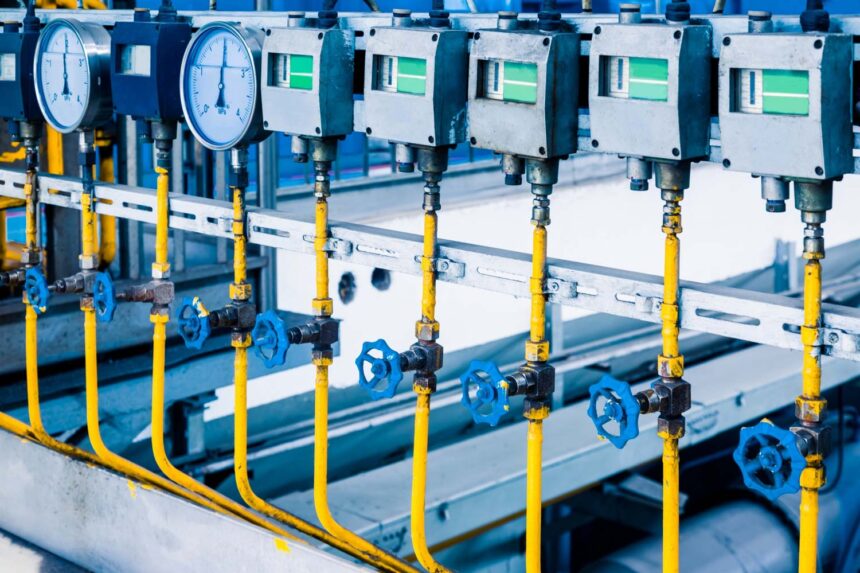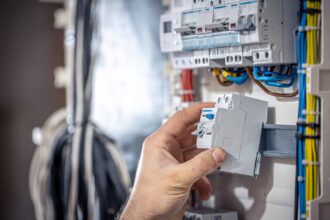Ever heard of a vacuum pump? We bet you do, but you probably don’t know what it does and that’s OK. We’ve got you covered folks!
A device known as a vacuum pump is one that removes gas molecules from an enclosed area, hence contributing to the formation of a partial vacuum in the area. The job of a vacuum pump is to generate a relative vacuum within the confines of a specific capacity.
History buffs will find this interesting. Although Otto von Guericke is credited with inventing the first vacuum pump back in the 17th century, the suction pump has been around far longer and dates back to antiquity.
In these processes, an industrial vacuum pump is used to create the vacuum as well as improve upon it and keep it at the desired level. Find out more interesting info on this link https://www.sciencedirect.com/science/article/abs/pii/S0262176205004517.
How does a vacuum pump operate?
Awesomely enough, the fundamental operating principle of an industrial vacuum pump remains unchanged regardless of technological advancements. Vacuum pumps draw air (and other gases) out of the vacuum chamber through the exit side. The difficulty of removing surplus molecules increases as the chamber pressure decreases.
Therefore, a considerable fraction of an extremely broad pressure range, typically from 1 to 106 Torr / 1.3 to 13.3 mBar, must be accessible to an industrial vacuum system’s functionality.
In scientific and research contexts, this is typically extended to pressures of 109 Torr or below. To do this, a typical vacuum system has a number of different pumps, each of which is responsible for a specific range of pressures and often operates in series with the others. Read more on this page.
How to choose one?
Ah, the choosing of a product. Look, we get it folks. Depending on what people like to do, it can be either a pleasant or a totally boring experience. But, don’t sweat it because we’ll be more than happy to explain to you how you can choose the right pump for your needs.
Choosing a vacuum pump low-key requires consideration of several aspects. Depending on the task at hand, you may choose to start with a different technology, chemical resistance, lubrication, vacuum level, or required flow rate.
The two most important factors in selecting a vacuum pump are the vacuum level to be achieved and the pump’s build quality.
Rough or low vacuum, high vacuum, and ultrahigh vacuum are the three main categories of vacuum. The distinction between the three is the relative scarcity of the molecules obtained, as measured by the pressure of the leftover gas. The density of molecules in a given space reduces as pressure drops. Consequently, vacuum quality improves.
But, wait, there’s more! There are additional things you need to consider as well.
You need to pay attention to the pump’s flow rate. The amount of time it takes for a machine to drain is directly related to the pump’s flow rate.
Therefore, it is important to evaluate the vacuum pump’s capability to deliver the required pumping speed (volume flow rate) as well as the mass flow rate in accordance with the process’s demands. The less time it takes to drain, in general, the faster the flow rate.
Next, we have chemical compatibility. You need to make sure the gasses used in your application are compatible with the Aerzen vacuum pump you choose by thinking of every possible problem that could arise.
We also want you to focus on lubrication. It’s quite important to carefully assess whether or not it is essential to lubricate the vacuum pump. Why is this so?
Well, when properly oiled, a vacuum pump’s resistance and efficiency are both significantly increased. However, you will definitely need to focus more on maintaining it this way. We’d like to point out that in a laboratory environment, it’s more preferable to use a dry vacuum pump.
What about its parts?
This type of product has certain parts we want you to know because it’s they can help you understand how a vacuum pump does what it does.
So, you should know that the compressor is located in the front, the electrical motor is in the back, there is a handle at the top, and the base is at the bottom. Air can be removed from the system through its inlet, and released outside through its exhaust.
In a nutshell
There you have it folks! We hope we’ve helped you shed some light on these awesome devices because they are an important part of the driving force of the industry.
Choosing the right device for your needs makes all the difference in the world, so be sure to take your time while you browse through different options. No one is rushing you to make the decision right this second.









